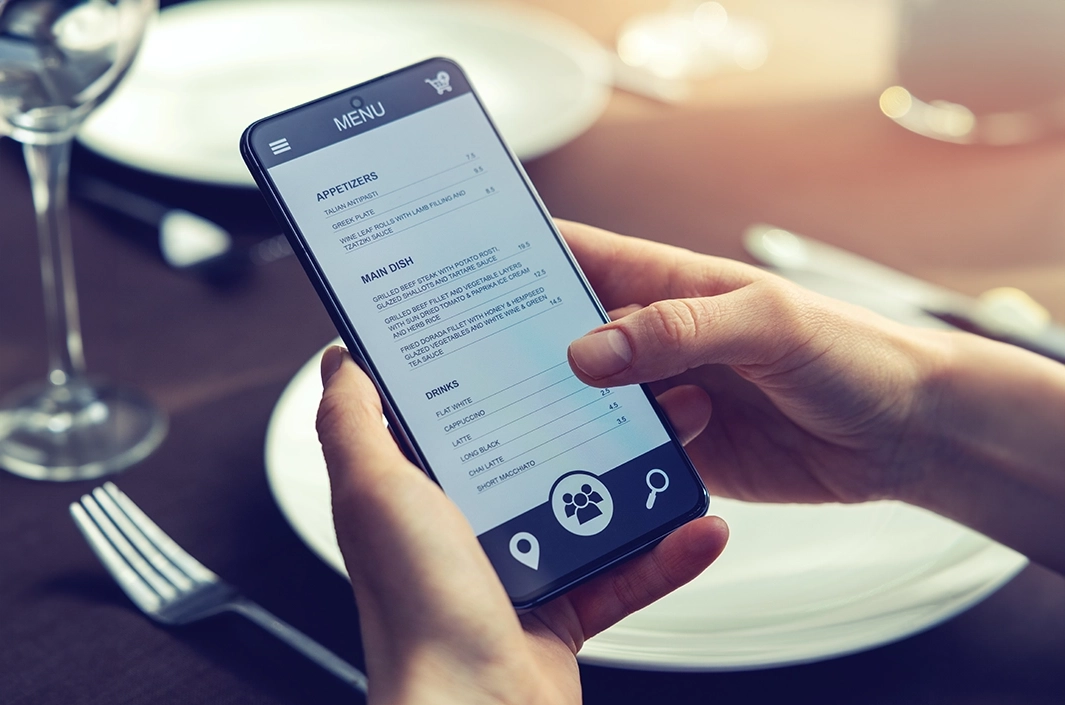What your guests read is often just as powerful as what they taste. The words on your menu do more than describe a dish—they set expectations, stir emotions, and even justify higher prices. In fact, studies have shown that when menu descriptions are more vivid and sensory, diners not only perceive dishes as higher quality but are willing to pay more for them.
Think about the difference between “grilled salmon” and “wild-caught Alaskan salmon, char-grilled and finished with citrus herb butter.” The first tells you what it is. The second tells a story—where it comes from, how it’s prepared, and what it might feel like to taste it. One feels functional; the other feels flavorful.
Great menu copy connects with guests on an emotional level. Words that evoke texture, aroma, and memory tap into the imagination. “Crisp,” “buttery,” “smoky,” and “handcrafted” trigger sensory associations that make dishes come alive in the mind before they arrive at the table.
Storytelling also builds perceived value. Mentioning local farms, seasonal ingredients, or chef inspiration gives dishes a sense of authenticity and craftsmanship. Diners aren’t just buying food—they’re buying a story and an experience. When done well, that narrative justifies a higher price point and strengthens your brand identity at the same time.
But effective menu writing is also about balance. Overly long or pretentious descriptions can overwhelm guests or slow down decision-making. The best copy is descriptive yet digestible—written to inform and entice, not impress. Every word should earn its place on the page.
And consistency matters. Your menu language should mirror your restaurant’s brand voice. A casual burger joint shouldn’t sound like a fine dining tasting menu—and vice versa. Whether playful, polished, or minimalist, tone reinforces personality.
VIGOR’S VIEW
Language is a brand tool, not just a sales tool. At Vigor, we see menu writing as part of a restaurant’s storytelling ecosystem. Every word either supports or subtracts from your brand’s promise.
To put this into action, audit your menu copy through three lenses: clarity, appetite, and authenticity. Is it clear and easy to understand? Does it make the dish sound craveable? Does it align with your concept’s voice?
The restaurants that master this balance don’t just sell more plates—they create more loyalty. Because when your menu speaks in a voice that’s both appetizing and authentic, your guests don’t just order. They connect.


